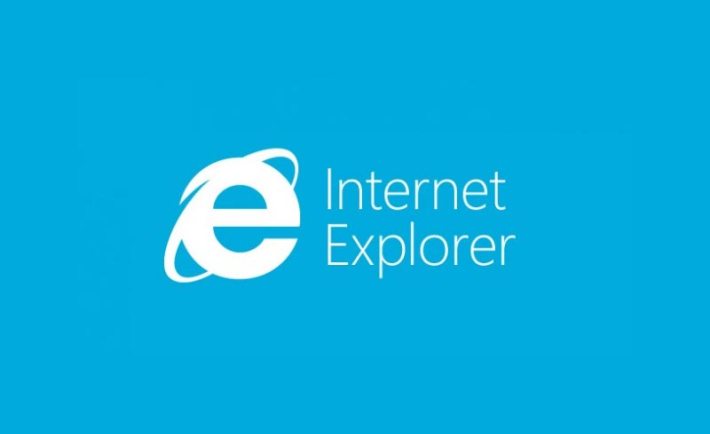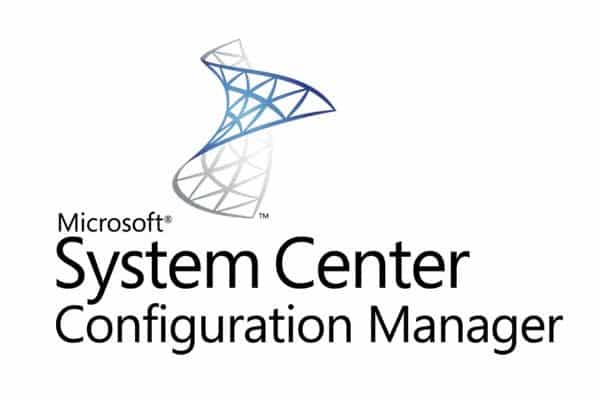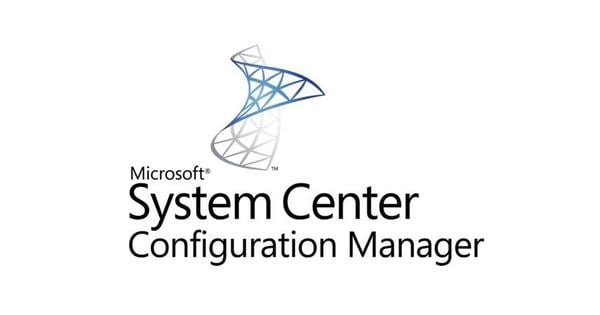Google Blogger Sitemap Generator
We are pleased to announce the release of Google Blogger Sitemap Generator. This is an update to our previous release and we have added a number of new functionality to it. The latest update can be downloaded by clicking the button below: Downloads Update The details of the update are: Instructions Once you have downloaded […]










